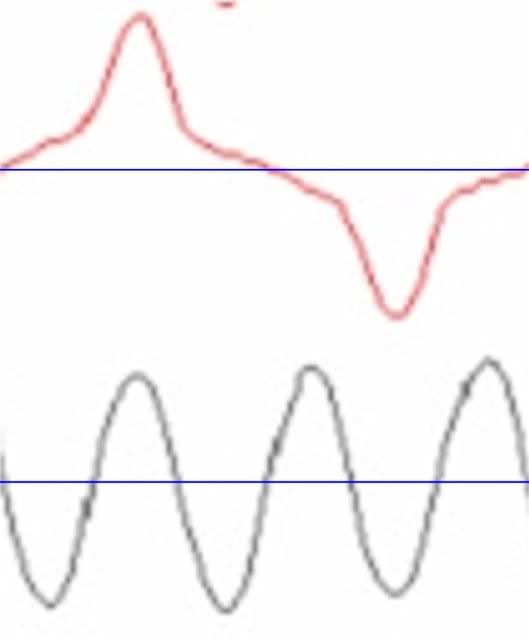- Location
- Massachusetts
pbeasley said:Brian John, Try reducing current on any one leg to zero amps and see how your neutral is loaded. Harmonics are not the only reason to carefully evaluate neutral sizing.
If you remove harmonics from the question there is NO WAY to overload the neutral following the NEC minimums. I also don't think your giving Brian the credit his experience commands. :smile:
There have been some instances of neutral overloading on both temporary and permanent installations of SCR/SSR based Dimming control systems. The idea being that in Live Entertainment it is extremely difficult to maintain a balanced load through out a performance....
Now I have no doubt that can be a problem, but it has nothing to do with the OPs question and that is why those installations get their own code sections.



